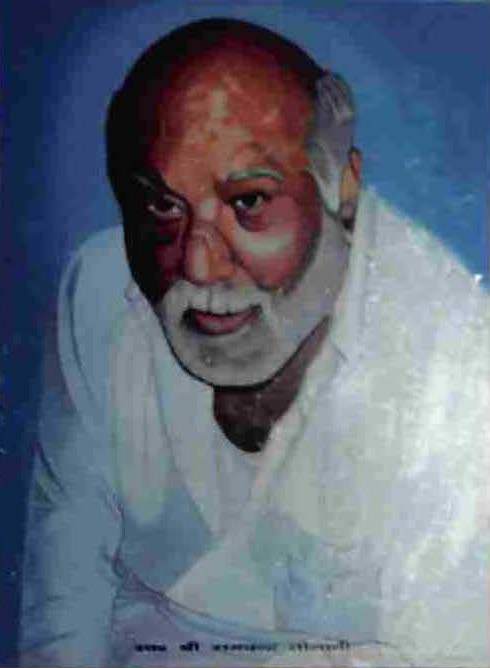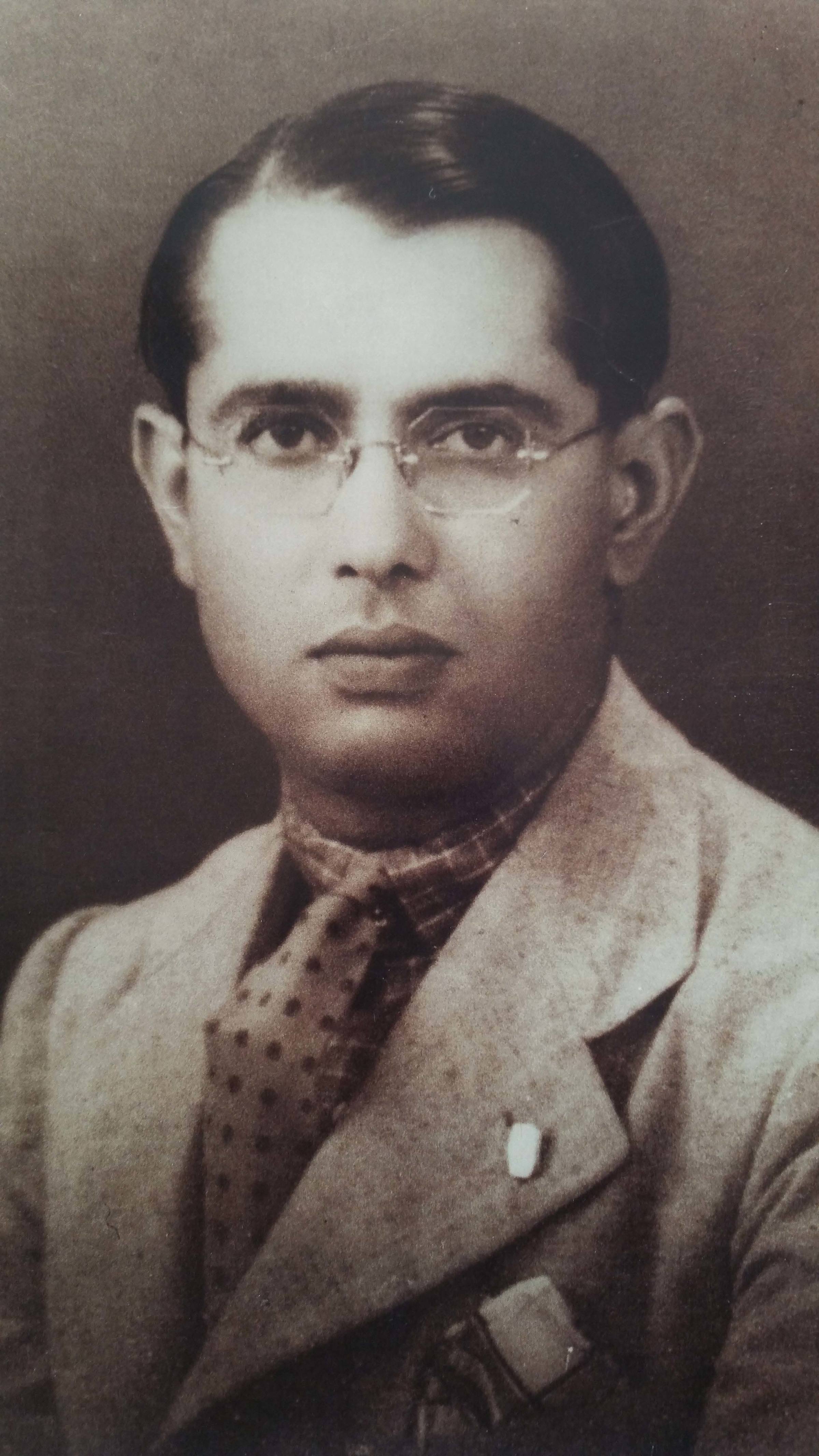‘Clothes mean nothing until someone lives in them.’
I recently came across some rare photographs of my grandfathers. They are special because my grandparents didn’t have many photographs taken of them, except for just a remaining few.
You can tell a lot about a man from his clothes.
But even moreso in these pictures.

My maternal grandfather (nana) was a staunch zealot against British occupation of India. He protested the British frequently and was jailed for it often, even for months at a time. Eventually, his job moved him to Burma, but when Rangoon collapsed to Japanese control in March of 1942, nana lost his job and returned to India, moving the family to a small town next to one of the country’s largest military training camps. Soon he became the exclusive tailor for all British soldiers stationed there. I can’t imagine he was thrilled that his income derived from ensuring that British soldiers looked neat and proper – the same British soldiers who would then leave his shop and walk to a local British diner that hung a sign outside that read “No Dogs or Indians Allowed.” But he did what he had to do, all along secretly welcoming the day when the British – and his job – would both be gone.

My paternal grandfather (dada) had a similar experience – only reversed. In his earlier years, he had great affection for British and Western fashion. His shoes and ties and shirts and belts and pants – all were Western. Like a proper Englishman, he was fond of horseback riding, donning an entire display of Western accoutrements, even favoring the British-pipe to the Indian beedee. And then, just like that – it all came crashing down when he and others followed the nationalistic calls of their countrymen to boycott British-made cotton and wear simple homespun cloth. That night, it is said, my dada literally burned every last piece of Western-made items he owned. And from that day forward, he wore nothing except an unadorned piece of Indian khadi.
Now look back at the photographs. This time, you will appreciate the irony of what they are wearing. My dada wearing clothes that he burned. My nana, dressed in an Indian kurta, yet making Western uniforms for men he despised.
Pictures can only tell us some things. It is up to us to capture the rest, so that one day when our children ask us about these individuals, there will be more to show than just a photograph.
I never knew my grandfathers, but as they say, we should carve our stories on hearts, not tombstones.
To your family’s success,


